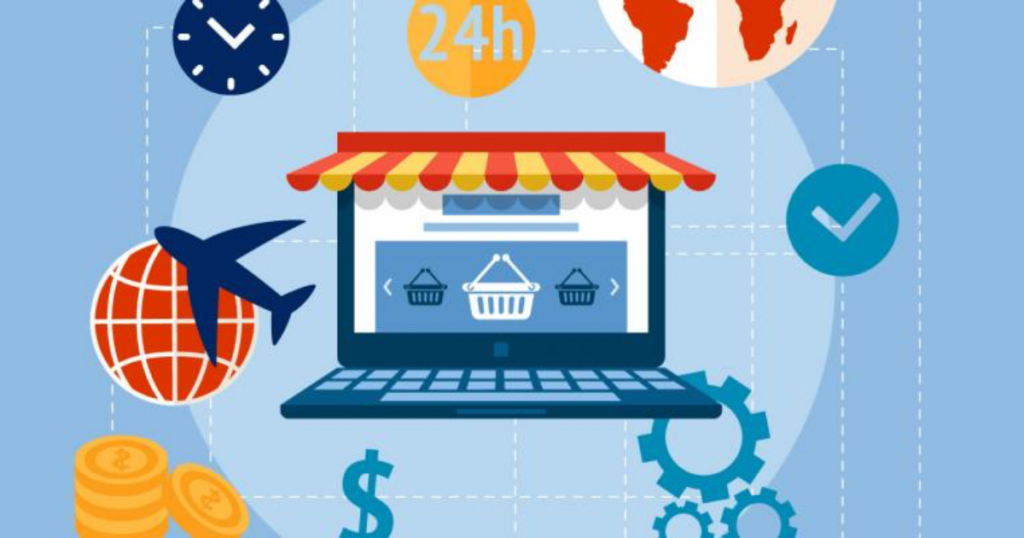The rise of e-commerce
The rise of e-commerce has been one of the most significant trends in the retail industry in recent years. In 2023, e-commerce sales are expected to account for 22% of global retail sales, up from 14.1% in 2019. This growth is being driven by a number of factors, including the increasing popularity of smartphones and mobile internet, the growing convenience of online shopping, and the wide range of products and services available online.
The impact of online shopping on the retail landscape
The growth of e-commerce is having a profound impact on the retail landscape. Traditional brick-and-mortar retailers are facing increasing competition from online retailers, and many are struggling to adapt to the changing shopping habits of consumers. As a result, we are seeing a number of trends in the retail industry, such as:
- The closure of brick-and-mortar stores
- The consolidation of the retail industry
- The rise of omnichannel retailing
Omnichannel retailing

Omnichannel retailing is a strategy that integrates online and offline channels to provide a seamless shopping experience for customers. This means that customers can start shopping online, then visit a store to see a product in person, and then complete their purchase online or in-store. Omnichannel retailing is becoming increasingly important as customers expect to be able to shop wherever and whenever they want.
The future of retail
The future of retail is likely to be characterized by a continued growth of e-commerce and the increasing importance of omnichannel retailing. Traditional brick-and-mortar retailers will need to adapt to the changing shopping habits of consumers in order to survive. Those that are able to successfully integrate online and offline channels are likely to be the most successful in the future.
Key trends in the future of retail
- The rise of social commerce: Social media platforms are becoming increasingly important for retailers, as they allow them to connect with customers and sell products directly through their social media pages.
- The use of artificial intelligence (AI): AI is being used by retailers in a number of ways, such as to personalize the shopping experience, to recommend products, and to prevent fraud.
- The growth of voice commerce: Voice commerce is a type of e-commerce that allows customers to make purchases using their voice. Voice commerce is expected to grow in popularity in the coming years, as it is a convenient and hands-free way to shop.
- The use of augmented reality (AR) and virtual reality (VR): AR and VR are being used by retailers to create immersive shopping experiences. For example, AR can be used to allow customers to see how furniture would look in their home, while VR can be used to create virtual showrooms.
Conclusion
The future of retail is likely to be shaped by a number of trends, including the continued growth of e-commerce, the increasing importance of omnichannel retailing, and the use of new technologies such as AI, VR, and AR. Retailers that are able to adapt to these changes are likely to be the most successful in the future.

